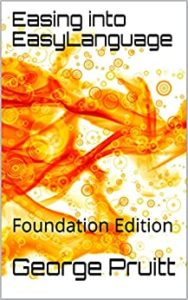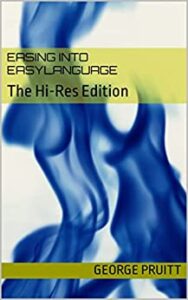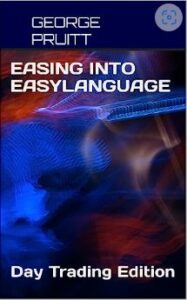How many of you believe if the last trade was a winner, the probability of the next trade being a loser is higher? The Turtles believed this and in this post I introduce the concept of filtering trades based on the prior trade’s success.
Here is a list of trades without the filter:
20090506 Turt20Buy 1 91.75000 0.00 0.00
20090622 Long10-Liq 1 103.14000 11290.00 11290.00
20090702 Turt20Shrt 1 102.26000 0.00 0.00
20090721 Shrt10-Liq 1 100.80000 1360.00 12650.00
20090803 Turt20Buy 1 104.61000 0.00 0.00
20090817 Long10-Liq 1 101.99000 -2720.00 9930.00
20090824 Turt20Buy 1 107.71000 0.00 0.00
20090902 Long10-Liq 1 100.97000 -6840.00 3090.00
20090902 Turt20Shrt 1 100.10000 0.00 0.00
20090917 Shrt10-Liq 1 105.87000 -5870.00 -2780.00
20090924 Turt20Shrt 1 100.02000 0.00 0.00
20091008 Shrt10-Liq 1 104.72000 -4800.00 -7580.00
20091012 Turt20Buy 1 106.13000 0.00 0.00
20091030 Long10-Liq 1 109.43000 3200.00 -4380.00
20091113 Turt20Shrt 1 108.95000 0.00 0.00
20091223 Shrt10-Liq 1 106.03000 2820.00 -1560.00And here are the trades with filter engaged:
20090506 Turt20Buy 1 91.75000 0.00 0.00
20090622 Long10-Liq 1 103.14000 11290.00 11290.00
20090824 Turt20Buy 1 107.71000 0.00 0.00
20090902 Long10-Liq 1 100.97000 -6840.00 4450.00
20090902 Turt20Shrt 1 100.10000 0.00 0.00
20090917 Shrt10-Liq 1 105.87000 -5870.00 -1420.00
20090924 Turt20Shrt 1 100.02000 0.00 0.00
20091008 Shrt10-Liq 1 104.72000 -4800.00 -6220.00
20091012 Turt20Buy 1 106.13000 0.00 0.00
20091030 Long10-Liq 1 109.43000 3200.00 -3020.00
20100126 Turt20Shrt 1 104.09000 0.00 0.00
20100218 Shrt10-Liq 1 108.12000 -4130.00 -7150.00
20100219 Turt20Buy 1 109.37000 0.00 0.00
20100322 Long10-Liq 1 108.96000 -510.00 -7660.00Check for yourself – you will notice that a trade after a winner is skipped. Trades are not picked back up until a loser is reported. Trading like this is quite easy but backtesting is quite a bit more difficult. I talk about this in the book where you have to switch between actual trading and simulated trading. The beauty of the Python BackTester is that it is somewhat easy to incorporate this into the testing logic. All you have to do is determine if the prior real or simulated trade is a loser. If it isn’t then you still must keep track of all trades, but don’t book the trades that follow the winner. I have created a testing module that does just that. Here is a snippet of the code:
I will include this in an update to the Python backtester for registered users of this site.






